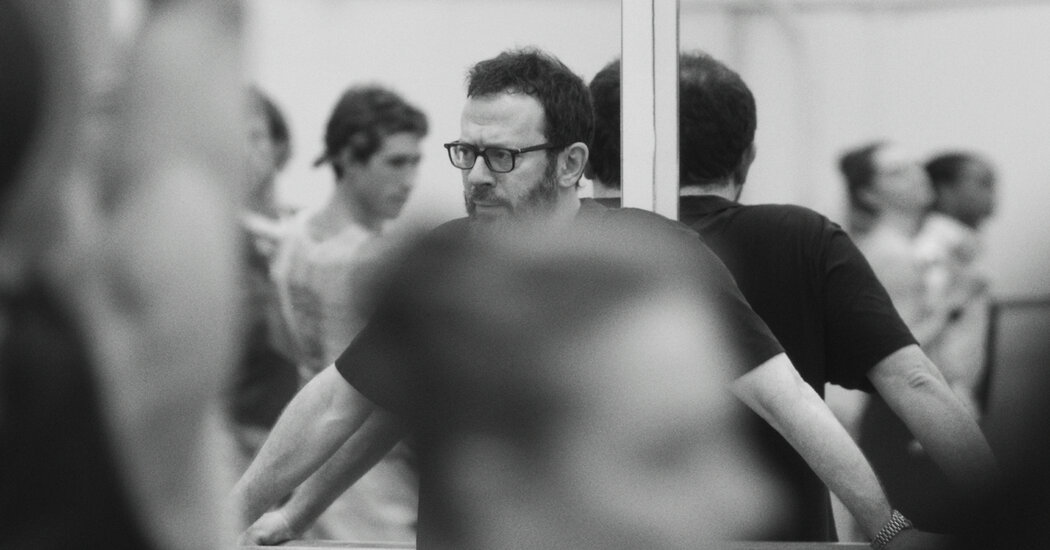But he never stopped working at City Ballet, creating six ballets for the company, including “Concerto DSCH” (2008), “Namouna, a Grand Divertissement” (2010) and “Voices” (2020), that had a distinctly different flavor from those he made elsewhere — often more abstract, wilder, stranger, fleeter.
Now, after almost 14 years at Ballet Theater, he has finally joined City Ballet, in its 75th anniversary season, as artist in residence, alongside the choreographer in residence, Justin Peck, who is also the company’s artistic adviser.
“The idea that he might come to us was very exciting,” Whelan said of Ratmansky. “Especially for the dancers who had worked with him.” Whelan, who took part in the creation of “Russian Seasons,” has said she was transformed by that process. “We were really sorry to lose him then,” she said of 2008, “but now there is a new leadership, and the time and opportunity looked right. And we offered him an opportunity to reside with us.”
“It’s a new chapter,” Ratmansky said, for both him and the dancers. “I’m excited to give them material that will help them develop, not just in this work, but through several pieces. To go somewhere together.”
Inevitably, this new chapter is colored by the events in Ukraine. Ratmansky, who has been vocal in his condemnation of Russian aggression, has seen his name removed from the works he created for Russian companies. He and his Ukrainian wife, Tatiana, spend their evenings watching Ukrainian news and scrolling through Ukrainian websites that chronicle the deaths of soldiers and civilians and the effects of missile strikes. All the while, life in New York goes on around them as usual. That dissonance makes things feel even more surreal. “Death is all around,” he said, “and here I am, walking around safe. It’s a strange feeling.”
A sense of tragedy piercing through everyday life infuses his new work, “Solitude,” set to two movements of Mahler, from the first and fifth symphonies. The first selection is a funeral march, the second a slow, glistening composition for strings and harp (the “Adagietto”), written as an expression of the composer’s passion for Alma Schindler, who would become his wife.


